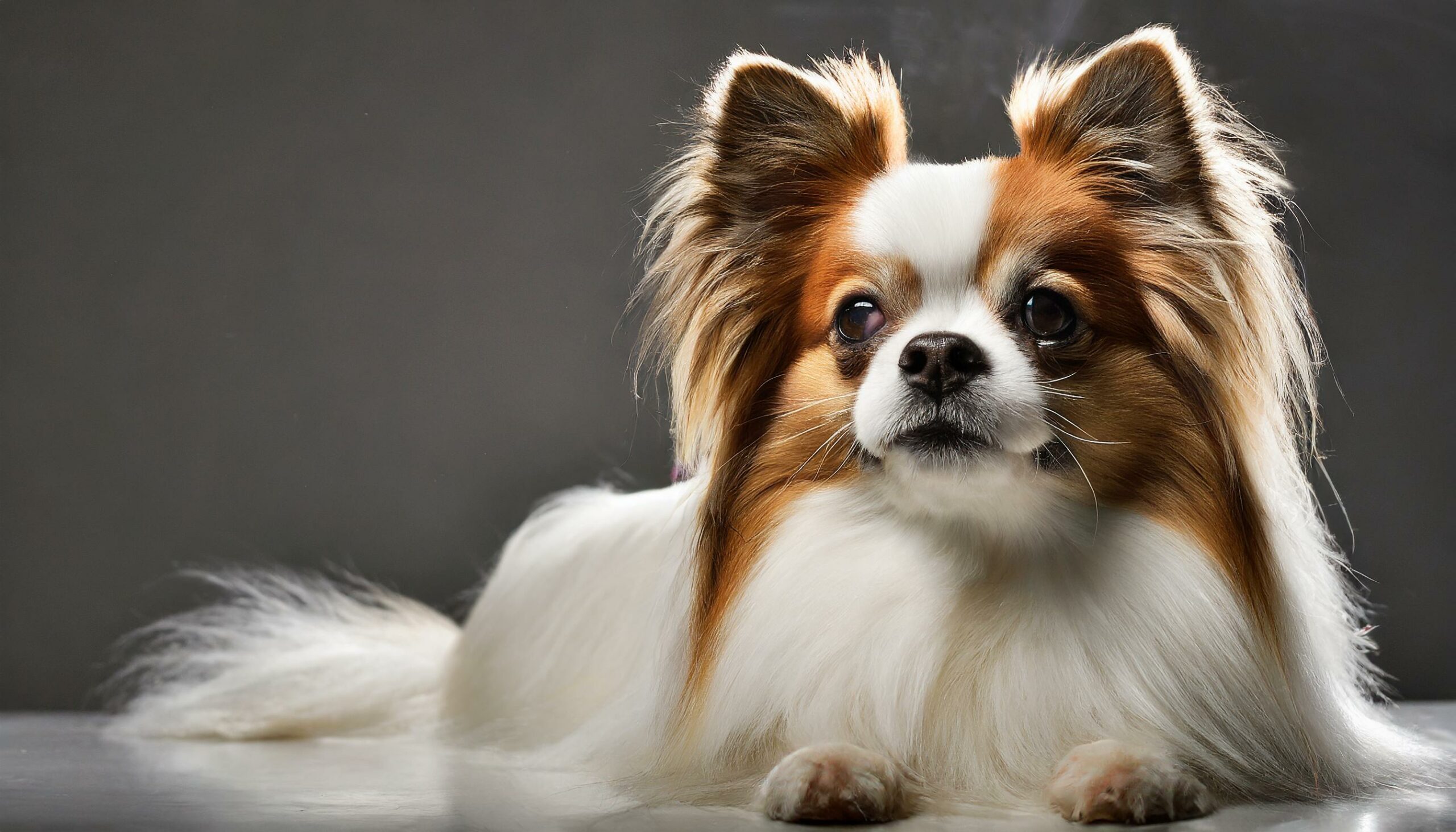The Japanese Chin, a breed enveloped in elegance and mystery, stands as a testament to the refined beauty and serene demeanor that have charmed dog lovers for centuries. Originating from Asia, this toy breed has been a companion of nobility, treasured for its grace, intelligence, and the distinctive “Chin spin” — a joyful dance performed when excited. With its rich history as a lap dog to Japanese and Chinese aristocracy, the Japanese Chin has transitioned seamlessly into the hearts of modern families, offering both companionship and a touch of regal presence.
Origins and History
The exact origins of the Japanese Chin remain a subject of debate among canine historians. While commonly associated with Japan, where it was indeed refined and popularized, the breed is believed to have originated in China or Korea. The Chin was gifted to the Japanese nobility as a precious treasure, leading to its esteemed status within the imperial court. By the 19th century, the Japanese Chin had made its way to Europe and America, captivating Western dog enthusiasts with its exotic appearance and aristocratic bearing.
Physical Characteristics
The Japanese Chin is a small breed, typically weighing between 4 to 11 pounds, with a distinct look that sets it apart from other toy breeds. Its most striking features include a broad, flat face, large, wide-set eyes that exude warmth and intelligence, and a profuse, silky coat that forms a luxurious mane around its neck. The breed’s coat comes in various colors, with black and white or red and white being the most common. The Chin’s elegant gait and poised demeanor further underscore its noble heritage.
Temperament and Personality
The Japanese Chin is as charming in temperament as it is in appearance. Known for their affectionate nature, Chins form deep bonds with their families, often choosing a favorite person to shadow. Despite their size, they possess a dignified and calm disposition, making them excellent companions for those seeking a less demanding pet. The Chin is also playful and intelligent, capable of learning tricks and commands, though they may do so on their own terms. Their sensitivity to their owners’ moods makes them empathetic companions, attuned to the needs and feelings of their human counterparts.
Health and Care
The Japanese Chin generally enjoys good health, with a lifespan of 10 to 14 years. Like many brachycephalic (short-faced) breeds, they can be prone to respiratory issues and overheating, so care should be taken during hot weather. Eye care is also important due to their prominent eyes. Regular veterinary check-ups, a balanced diet, and moderate exercise are essential for maintaining their health. Their coat requires regular grooming to prevent matting and to keep it looking its best.
Ideal Home Environment
The Japanese Chin is well-suited to a variety of living environments, including apartments, due to its small size and modest exercise needs. They thrive in calm, loving households where they can be close to their family members. While they enjoy gentle play, they are not overly demanding of attention, making them suitable for older individuals or those with a more sedentary lifestyle. Early socialization and training can help them become well-adjusted pets, comfortable with other animals and people outside their family.
Conclusion
The Japanese Chin, with its elegant appearance, serene disposition, and affectionate nature, offers a unique blend of beauty and companionship. This breed’s long history as a cherished lap dog to the nobility is reflected in its refined demeanor and loyal companionship. For those seeking a small, loving pet with an air of aristocratic grace, the Japanese Chin is an exquisite choice that brings both joy and tranquility into the home.
